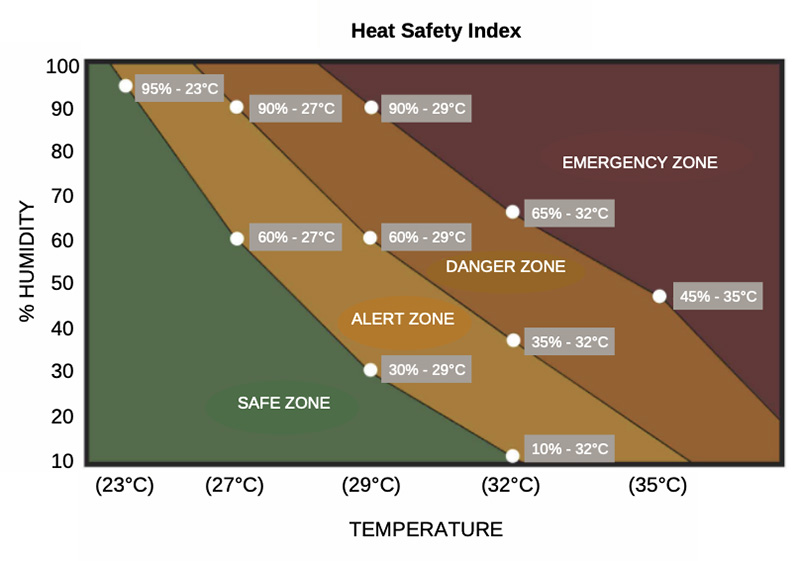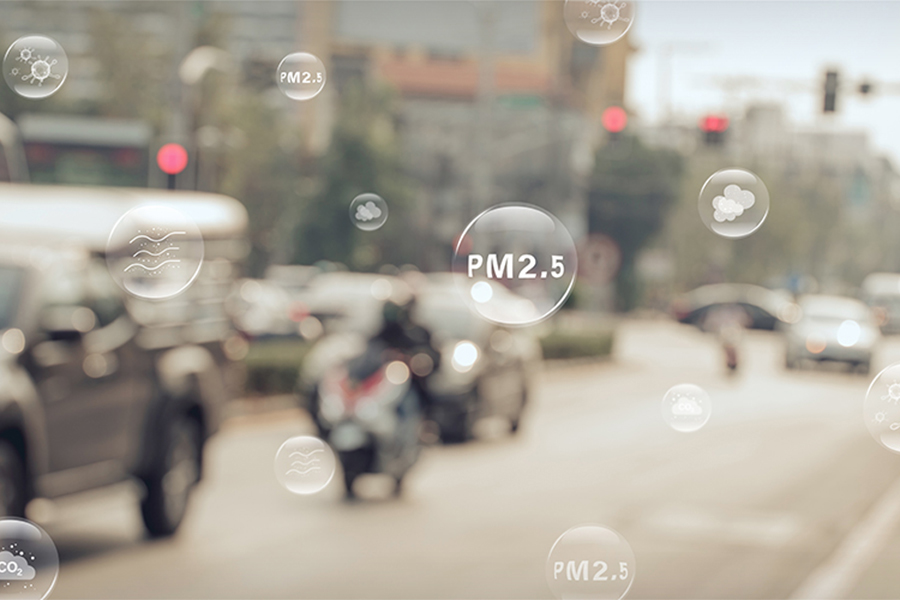Rob Bertelink, a cardiac rehab supervisor in UHN’s Cardiovascular Prevention and Rehabilitation Program at Toronto Rehab’s Rumsey Centre, says the benefits of exercising outside are not only physical, but also mental. (Photo: UHN)
According to Rob Bertelink of UHN’s Cardiovascular Prevention and Rehabilitation Program, if there’s one single behaviour that can improve our overall health, it’s regular exercise.
“Daily exercise can improve outcomes in almost every chronic disease, including cancer, diabetes, stroke, orthopedics and arthritis,” says Rob, a cardiac rehab supervisor at Toronto Rehab’s Rumsey Centre. “It’s also a great way to get rid of stress and has a positive effect on mood.”
Summer is a great time to exercise outside. Check out this interview with Rob to learn more about how to do it safely.
Q: Why exercise outside when a cool indoor space seems more comfortable?
A: For most people, the benefits of being outside are not only physical, but also mental. Changing your view and getting fresh air can make a big impact on someone’s exercise routine. In terms of the physical benefits, being exposed to the sun and absorbing vitamin D is important, especially living in Canada where the sun is not shining 12 months of the year. Vitamin D is important to bone health and may provide benefits such as protecting against respiratory illnesses and reducing the risk of type 2 diabetes.
Q: What about heatstroke – aren’t we putting our body at risk in the summer months?
A: Heatstroke is caused by your body overheating and being unable to cool down as a result of prolonged exposure to the heat or physical effort in the heat. The most serious form of heatstroke occurs when the body temperature rises above 39 degrees Celsius. Warning signs to look for include, rapid breathing, feeling unbalanced on your feet, flushed skin, nausea, racing heart rate, headache, changes to sweating pattern, feeling confused or disoriented and of course increased body temperature.
If you are experiencing any of these symptoms, relocate to a shaded area, lie down with your legs elevated, remove any tight clothing, drink water and apply cold towels on your body. If you experience any seizures, altered mood or vomiting and diarrhea, seek medical attention immediately.
Q: What are some of the mechanisms our bodies do to cool us down?
A: Our bodies typically like to exercise in a regulated temperature that is not too hot and not too cool. When our bodies are not regulated, they won’t work efficiently and there are numerous mechanisms that can help regulate temperature including, sweat and radiation. When we perspire, the sweat evaporates, taking it out of the body and into the air. When our bodies are warmer than the air outside, we try to radiate the heat away from the body which sends blood to the periphery of the skin and increases blood flow. This is why many people may get a red flush face during a workout.
These factors can be challenged when it is a humid day because the warm temperature makes it much harder to dissipate heat from sweating and the extra moisture in the air makes it much harder to cool down.
Q: What are your top four tips for someone who wants to be safe while exercising outside?
A: Rule number one: Stay hydrated. Thirst is not a sign that you are getting dehydrated, but rather you already are dehydrated. Drinking six to eight ounces of water before you head out and taking a bottle of water with you to drink that same amount every 20 minutes will help you stay safe while outside. Symptoms of dehydration include, cramps in your abdomen and calves, fatigue, weakness and shortness of breath.
Rule number two: Time of day. The beginning and end of the day are optimal because it is less hot than the middle of the day. The window of noon to 3:00 p.m. is when the sun is the most exposed, which makes your exercise harder and put more stress on the heart.
Rule number three: Apparel. The clothes you wear should be lightweight, light coloured and loose fitting to allow sweat to evaporate. Look for fabrics such as cotton, nylon and polyester which are sweat-wicking, comfortable and functional.
Rule number four: Do something you enjoy. Participate in activities that you are going to want to come back to and participate in the next day.

Q: How hot is too hot?
A: Checking the heat safety index will help you decide if you should be exercising outside and what kind of exercise you should be doing. It works by finding the current temperature outside on the bottom of the scale and finding the current percentage of humidity on the left, and seeing where the two points come together. This index will tell you if the current weather is in the safe, alert danger or emergency zone. The recommendations for the safe zone is that you can participate in your activities as planned and it is safe to be outside. In the alert zone, you should decrease your intensity of the exercise but you can still be outside. In the danger and emergency zone, it is recommended that cardiac patients specifically do not go outside and others should decrease exercise completely.
Q: Do you have any advice for people who still want to exercise outside when the temperature is in the alert zone?
A: Exercising outside does not mean cardio or going on a long run. Flexibility and resistance training are great workouts and typically put less strain on the heart. Your muscles are usually more limber in the heat so involving stretching into your exercise schedule is very important. Altering your workout to the temperature outside will help keep your workouts safe and enjoyable.


